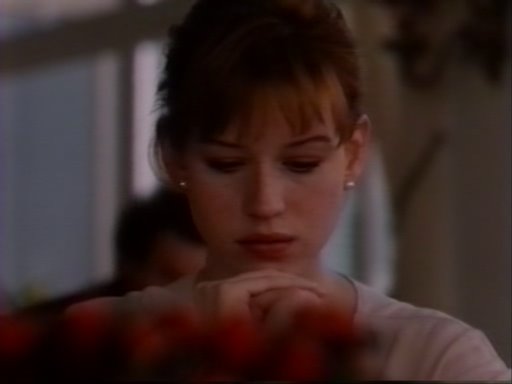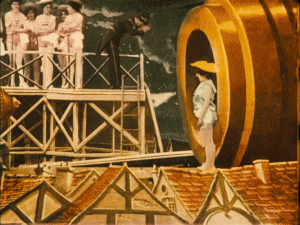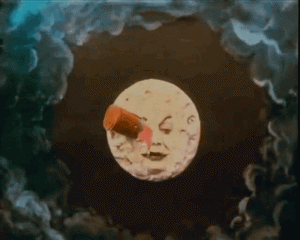This is excerpted from my “Paris-London Journal” in the November-December 1974 Film Comment, written in August when I was starting work at the British Film Institute after living for five years in Paris.
I can’t recall now whether it was this review or my inclusion of Cockfighter on my ten-best list in Sight and Sound — or could it have been both? — that led eventually to Charles Willeford sending me a note of thanks, along with his a copy of his self-published book A Guide for the Undehemorrhoided, a short account of his own hemorrhoid operation. Not knowing Willeford’s work at the time — today I’m a big fan, especially of his four late Hoke Mosley novels — I’m sorry to say that I didn’t keep this book, which undoubtedly has become a very scarce collector’s item.
But first, before reprinting the Film Comment review, here is my capsule review of Cockfighter for the Chicago Reader, written almost three decades later and published in mid-August 2003: “Except for Iguana, which is almost completely unknown, this wry 1974 feature is probably the most underrated work by Monte Hellman (Two-Lane Blacktop). Read more
This is the first ten-best round-up I ever did for the Chicago Reader, which ran in their January 8, 1988 issue. Having recently been reading the Library of America’s mammoth collection of Manny Farber’s film criticism (which is coming out in September), I’ve become especially aware of how much one’s taste and preferences tend to change over time. Today, for instance, I suspect I would have placed Mélo in the number #1 slot, and probably wouldn’t include House of Games or Universal Hotel/Universal Citizen in the also-rans but would move them both up to the main list. The first photo, incidentally, directly below, is from Godard’s still woefully neglected King Lear.––J.R.

What is the meaning of a ten best list? For me, at any rate, it means a list of movies with the highest possible mystery quotient — the movies that fascinate me the most because they still have secrets to withhold. And the best litmus test that I know for determining this quality is repeat viewings. If a movie that knocked me out seems less mysterious after a return visit — as was the case with Broadcast News, Cross My Heart, and Orphans — then it doesn’t belong on the list. Read more
From The Movie, Chapter 108, 1982. -– J.R.


The earliest principles of editing shots together were perhaps no more simple or complex than those of bricklaying; they served, at any rate, to perform the same sort of basic architectural function. In an early narrative film by Georges Méliès, Le Voyage dans la lune (1902, A Trip to the Moon), elaborately staged tableaux in front of a stationary camera — the filmmaker himself called them ‘artificially arranged scenes’ — succeed one another through the medium of dissolves. A bevy of chorus girls waves goodbye to a rocket ship fired from a cannon (one tableau), the moon is seen approaching (another tableau, effected through a moving, artificial moon rather than a moving camera), and the rocket ship lands splat in the eye of the Man in the Moon (still another tableau). By the time Méliès was making Le Tunnel sous la Manche ou le Cauchemar Franco-Anglais (l907, Tunneling the English Channel), five years later, his visual structures were more complex, so that an entire narrative could proceed in the form of individual split-screen diptychs. In each of them, an Englishman and Frenchman attempt to cross the channel towards each other from opposite sides of the screen. Read more
From the Chicago Reader (January 3, 1992). A 2020 postscript to my remarks on For the Boys has been added. — J.R.

Looking at the big-time U.S. studio releases of 1991 — most of which enjoyed free supplements to their hefty advertising budgets from every branch of the media — we’d have to conclude that this was a year without enduring masterpieces. The best are intelligent entertainments, most of which faded quickly from memory. If I had to choose the ten best from this group, they’d be (in alphabetical order): Barton Fink, Beauty and the Beast, Bugsy, Defending Your Life, The Fisher King, For the Boys, Jungle Fever, Once Around, Rambling Rose, and Thelma and Louise. Equally good or even better are some new American pictures that didn’t get anything like the same national attention: Chameleon Street, City of Hope, The Deadman (only 37 minutes long, but better than most features I saw), Hangin’ With the Homeboys, A Little Stiff, My Own Private Idaho, Poison, Reunion, and Trust. The best American documentaries that come to mind are Butoh: Body at the Edge of Crisis, Inside Life Outside, Lines of Fire, Paris Is Burning, Private Conversations on the Set of Death of a Salesman, Sex, Drugs, Rock & Roll, and the videos of Sadie Benning. Read more




